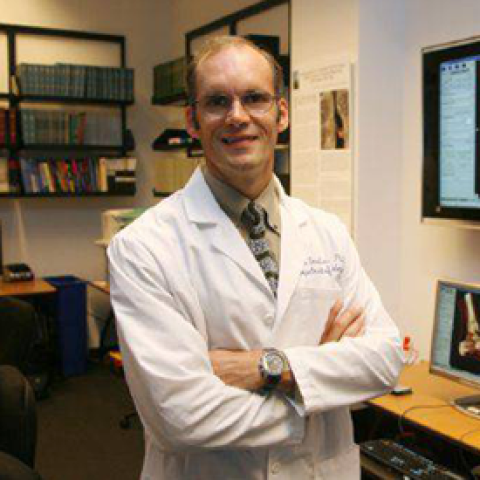Interdisciplinary Initiatives Program Round 1 - 2000
Christopher Beaulieu, Radiology
Carlo Tomasi, Computer Science
Sandy Napel, Radiology
Medical imaging devices such as computed tomography (CT or “CAT”) and magnetic resonance imaging (MRI) scanners continue to evolve at a rapid pace. Certain devices, such as multidetector row CT scanners that can generate up to 32 images per second and require less than a minute to image the entire body, generate hundreds or thousands of high-resolution images. For physicians such as radiologists, who are charged with interpreting imaging studies, the sheer amount of information is immense, and can easily exceed human capabilities for accurate and thorough analysis. We believe that much of the critical information contained in medical images can be "seen" by tireless and ever-more powerful computers, leading to tools that can augment human interpretation and lead to improved patient care in the future. This project focusses on developing software algorithms for the detection and characterization of liver lesions. This is of major medical importance because many tumors begin in or spread to the liver, and detection and differentiation between malignant tumors and benign lesions has a major impact on therapy and prognosis.



